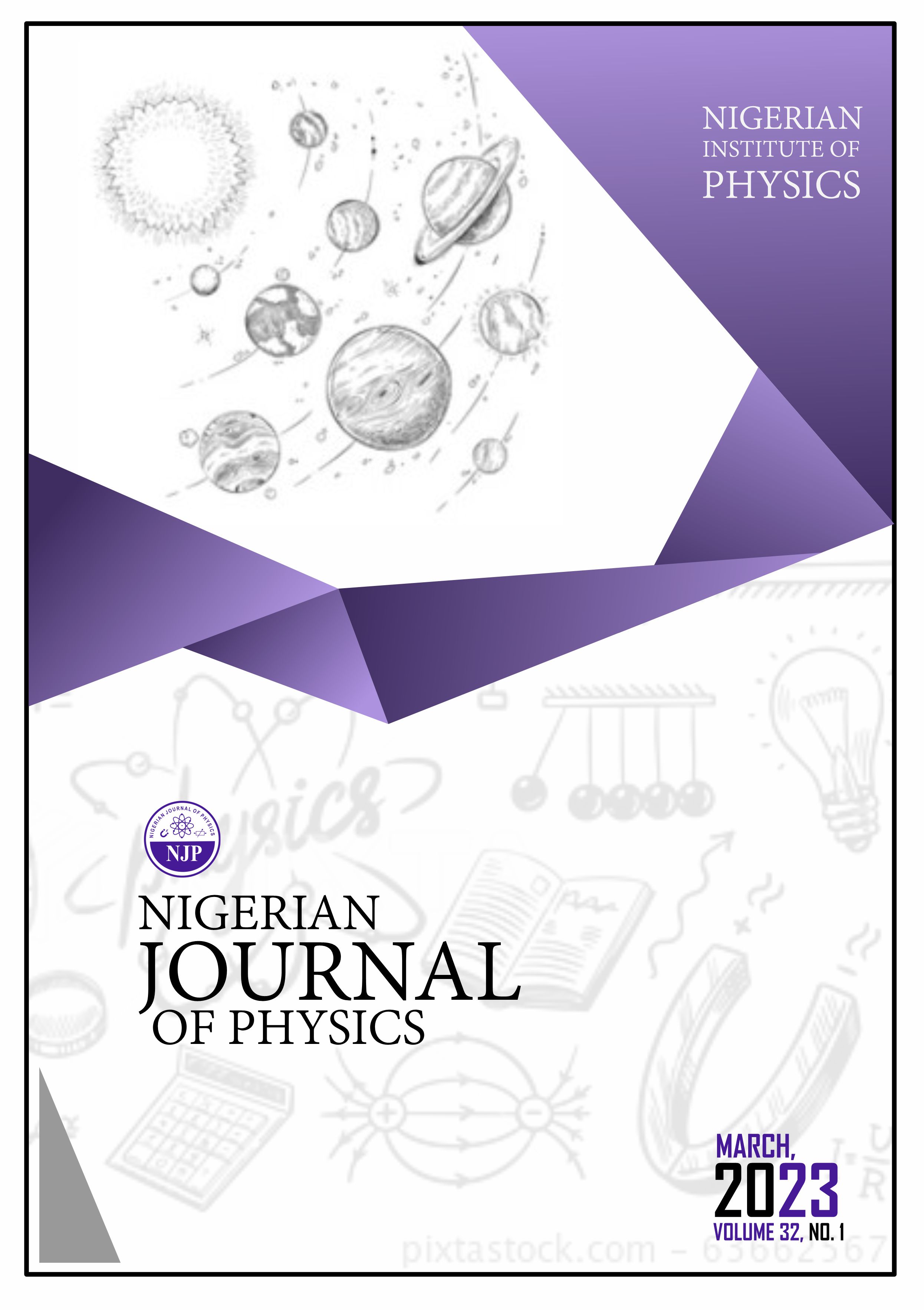Optimisation of PCBM on Al2O3 Electron Transport Layer for Improved Performance of Perovskite Solar Cells Using SCAPS 1D
Keywords:
Perovskite solar cell, Al2O3/PCBM ETL, SCAPS simulation softwareAbstract
Despite strides in perovskite solar cell efficiency, hurdles hamper industrialization and commercialization. Stability issues, limited electron extraction, and high charge recombination rates cause rapid degradation. Researchers target perovskite material enhancement, using SCAPS software to optimize the electron transport layer (ETL) and introduce Aluminum oxide (Al2O). This aims to boost electron extraction, cut recombination losses, and enhance overall stability. Common ETLs like [6,6]-phenyl C61 butyric acid methyl ester/Aluminum oxide (PCBM/Al2O3) are standard, aiding electron transportation from the perovskite to the electrode. Our study focuses on an n-i-p planar lead-free heterostructure PSC setup, comprising Glass/Fluorine-doped Tin Oxide (FTO), Al2O3/PCBM (ETL), methyl ammonium lead iodide (CH3NH3PbI3) as the absorber, Spiro-OMeTAD as the Hole Transport Layer (HTL), and silver (Ag) as the electrode. Optimization efforts included a 100 nm absorber layer and 300 K temperature, considering ETL thickness and defect density. The PSC's defect density was inversely linked to its absorption coefficient (alpha). Using solely Al2O3 layer achieved a power conversion efficiency (PCE) of 10.87%, a current density (Jsc) of 31.62 mA/cm2, an open circuit voltage (Voc) of 0.551V, and a fill factor (FF) of 61.39%. In contrast, employing optimized Al2O3/PCBM ETL led to improved performance, yielding a PCE of 20.61%, a Jsc of 37.23 mA/cm2, a Voc of 0.569 V, and an FF of 68.11%. Additionally, an inverse relationship emerged between FF, ETL thickness, and 300 K temperature.
Published
How to Cite
Issue
Section
How to Cite
Most read articles by the same author(s)
- Aliyu Kabiru Isiyaku, Mustapha Isah, Muhammad Munnir Aliyu, Aliyu Yakubu Tanko, Auwal Abdulkadir , Ahmad Hadi Ali, Tuning the Topo-Morphological properties of ITO Films using Al-Ag interlayer for Low-Resistance Optoelectronics Devices , Nigerian Journal of Physics: Vol. 33 No. 2 (2024): Nigerian Journal of Physics - Vol. 33 No. 2





